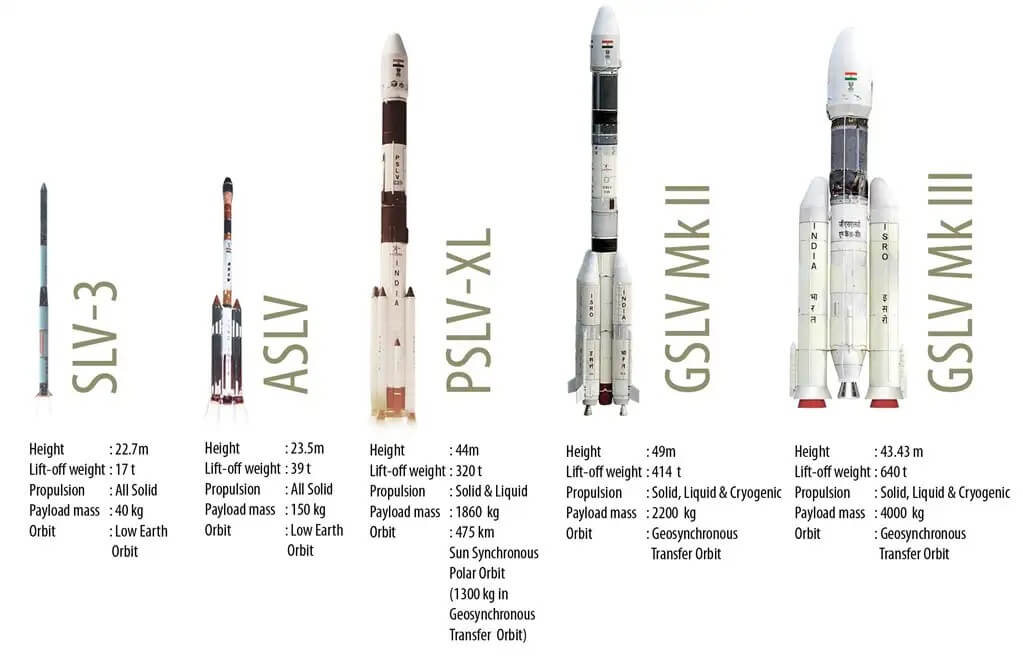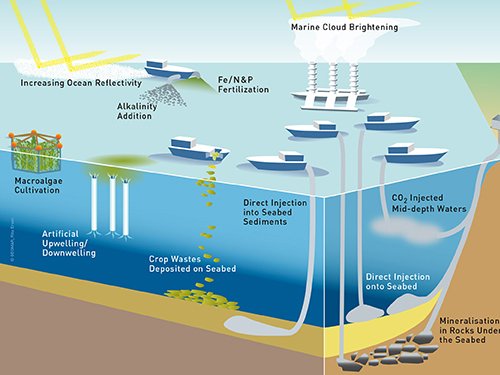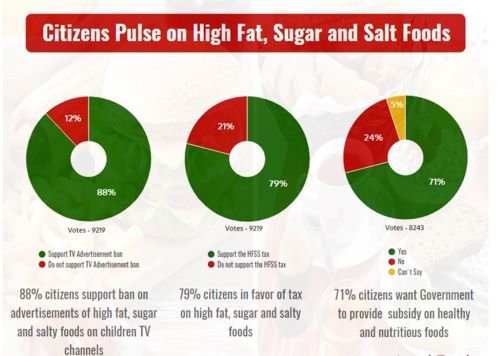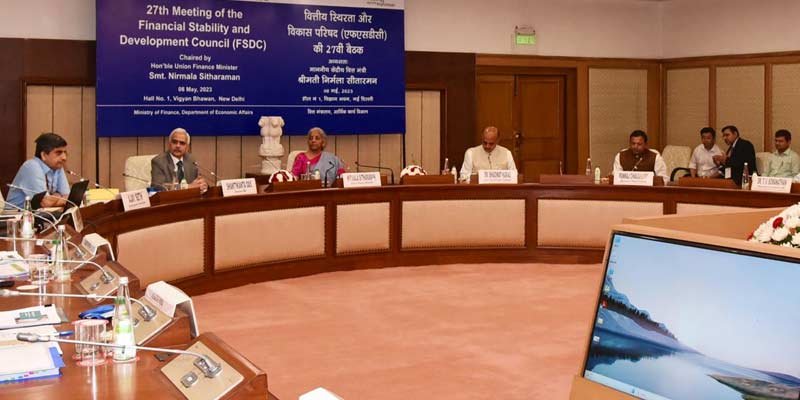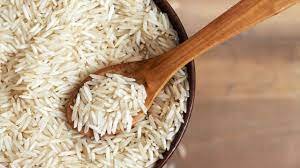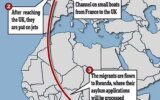
WTO’s Agreement on Agriculture (AoA)
Subscribers of "Current Affairs" course can Download Daily Current Affairs in PDF/DOC
Subscribe to Never Miss an Important Update! Assured Discounts on New Products!
Must Join PMF IAS Telegram Channel & PMF IAS History Telegram Channel
- Context (IE): India has urged the WTO to find a lasting solution to the matter of public stockholding for food security during the 13th Ministerial Conference (MC13).
- The MC13 will take place on February 26, 2024, in Abu Dhabi, United Arab Emirates.
- The Ministerial Conference is the highest decision-making body of the WTO.
- To gain a better understanding of the matter, it’s crucial to familiarize yourself with the WTO’s Agreement on Agriculture (AoA).
Agreement on Agriculture (AoA)
- AoA was negotiated during the Uruguay Round of trade talks (1986).
- It was formally ratified in 1994 at Marrakesh, Morocco and came into effect in 1995.
- The AoA aims to promote fair competition, reduce trade-distorting subsidies, and ensure market access for agricultural products.
- To achieve this, the AoA includes explicit commitments to decrease support and protection in domestic support, export subsidies, and increased market access.
- The most controversial of all these is the reduction in domestic food subsidies.
- This is also a great concern for India as it would directly affect the livelihoods of a large population.
- The agreement also considers non-trade concerns such as food security and environmental protection, offering special treatment for developing countries.
Three Pillars of the Agreement on Agriculture
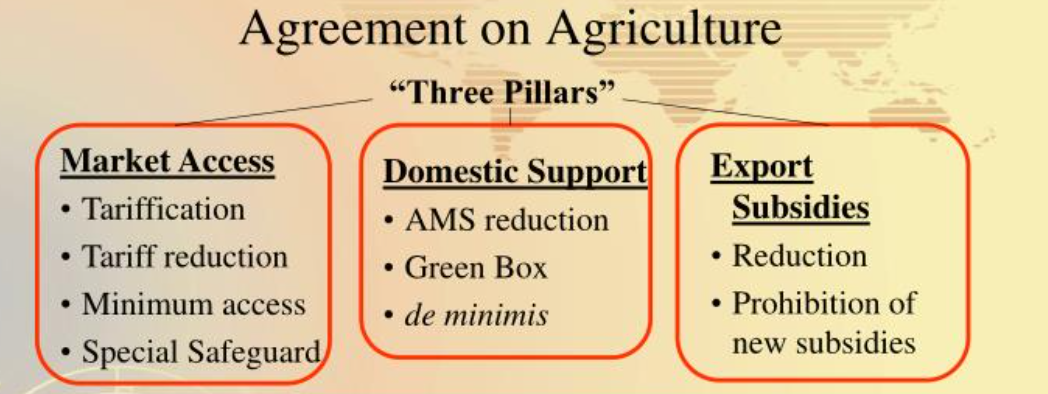
Market Access
- Market access commitments, outlined in Article 4 of the AoA, aim to eliminate and prevent future non-tariff barriers.
- The agreement emphasises tariffication, converting non-tariff barriers like quotas into tariffs.
|
- For tariff reduction, the following commitments must be implemented by the different countries.
- Developed countries must reduce total tariffs, including tariffication, by an average of 36 per cent over six years of implementation of the agreement.
- Developing countries need to reduce tariffs by an average of 24 percent over ten years of implementation of the agreement.
- Least developed countries have no commitments.
- Special treatment: Some developing countries, which are maintaining quantitative restrictions due to payment balance problems, were allowed to offer ceilings instead of tariffication.
Domestic support
- Domestic support commitment has been covered in Article 6 of the Agriculture Agreement.
- Domestic support refers to government subsidies such as Minimum Support Price (MSP)or Input subsidies, which are provided at the domestic level either directly or product-specific, or both.
- The AoA categorises domestic support measures into three boxes—green, blue, and amber based on their trade-distorting nature.
Green box
- Subsidies that do not distort trade or, at most, cause minimal distortion are in this box.
- Usually, these subsidies are not directed at specific products.
- There is no limit on governments for giving this kind of subsidies to their farmers.
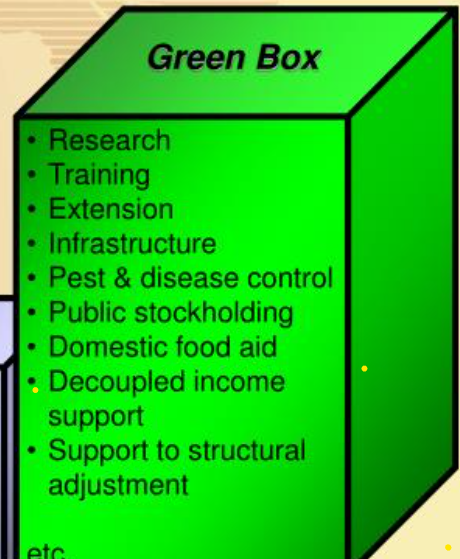
Amber Box
- The subsidies that distort international trade by making products of a particular country cheaper as compared to similar products from another country are slotted under this box.
- Example – Input subsidies such as subsidies on electricity, seeds, fertilisers, irrigation, etc. Market support price (MSP) subsidies also fall under this box.
- To measure ‘amber box’ support, WTO member countries are required to compute the aggregate measure of support (AMS).
- The AMS means the annual level of support (subsidies) expressed in monetary terms provided for an agricultural product. It includes both product-specific & non-product-specific support.
- The fixed external reference price is used to calculate the AMS to determine compliance with subsidy limits.
- The fixed external reference price shall be based on the years 1986 to 1988.
- WTO limits this subsidy by capping it at 5% for developed countries & 10% for developing countries of their total agriculture production. (de minimis).
India’s concern regarding Fixed external reference price
Peace Clause
|
Blue Box Subsidies
- According to the WTO, the Blue Box is the “amber box subsidy with conditions” attached.
- The Blue Box subsidies aim towards limiting production by imposing production quotas or requiring farmers to set aside part of their land.
- Blue Box subsidies are also exempted from the calculation of AMS.
Export subsidies
- Export subsidies commitment has been covered under Article 8 of the agricultural agreement.
- Member states are required to decrease the monetary expenditure on export subsidies
- Developing countries: to reduce the value of export subsidies by 36% and the quantity of subsidised Exports by 21% within six years of the implementation of the agreement.
- Developed countries: to reduce the value of export subsidies by 24% of and the quantity of subsidised Exports by 14% within ten years of the implementation of the agreement.
- Least developed countries do not have to comply with this provision.
- The agreement also mentions that the products that do not come under the subsidised export goods category cannot be included in the list in the future.
Special Safeguard Mechanism
- At the Doha Ministerial Conference, the developing countries were given a concession to adopt a Special Safeguard Mechanism (SSM) besides the existing safeguards (like the Special Agricultural Safeguard or the SSG).
- It allows developing countries to raise import duties on agricultural products in response to import surges.
- The SSG was available to all countries (both developing and developed), whereas the SSM is only allowable to developing countries.
Concern for India with respect to WTO’s AoA
- Issue of domestic support and subsidies.
- The AOA places limits on the support that a country can provide to its farmers.
- India’s extensive public procurement programs, such as the minimum support price (MSP) for various crops, have faced scrutiny under these rules.
- Concerns about the formula used for calculating the aggregate measurement of support (AMS).
- The outdated fixed external reference price, which has not been revised for several decades, creates challenges for India in maintaining its domestic support programs.
- The special safeguard mechanism (SSM) has limitations that may not fully address the concerns of vulnerable farmers.
- The AOA prevents India from using export subsidies since it has not used this instrument in the past. However, the agreement allows the advanced countries that were using export subsidies to continue using this instrument.
India’s Stand
- India rejects other proposed food security solutions beyond public stockholding (PSH) and special safeguard mechanisms (SSM).
- India has suggested the necessity of recalculating external reference prices to account for the influence of inflation and other economic factors on food stock prices.
- India, along with other countries (China, Lanka, South Africa, and Egypt), highlighted the importance of PSH being applied to all developing countries. Particularly least developed countries (LDCs) and net-food importing developing countries (NFIDCs), to help address the severe food security problem.
- India also wants amendments in the formula to calculate the food subsidy cap and inclusion of programmes implemented after 2013 under the ambit of the ‘Peace Clause’.




![PMF IAS Environment for UPSC 2022-23 [paperback] PMF IAS [Nov 30, 2021]…](https://pmfias.b-cdn.net/wp-content/uploads/2024/04/pmfiasenvironmentforupsc2022-23paperbackpmfiasnov302021.jpg)

